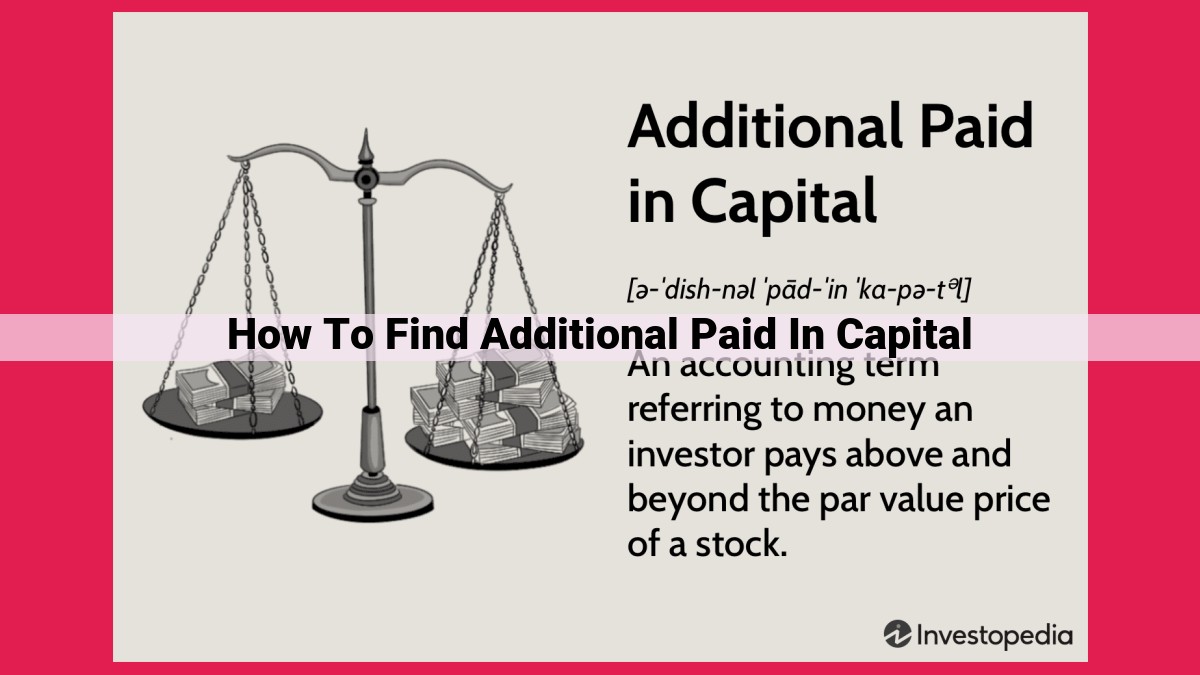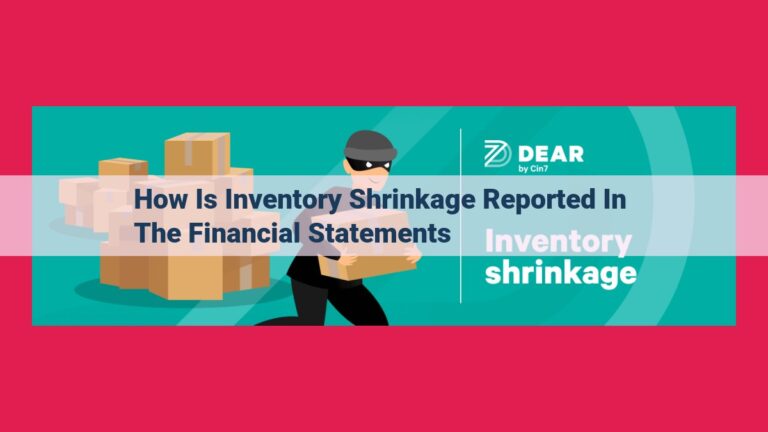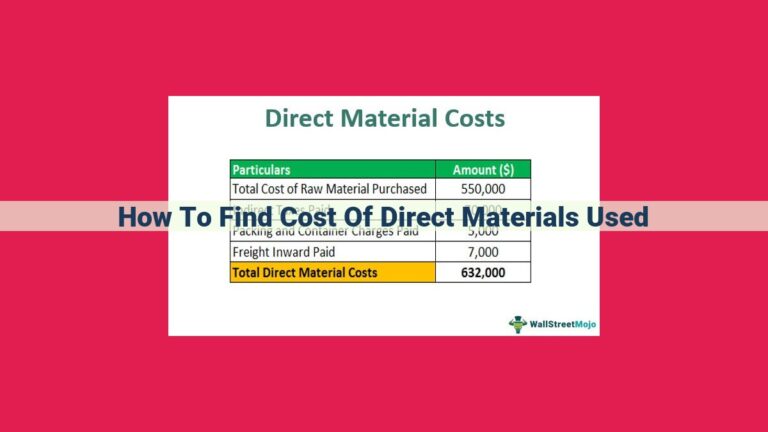Uncover Additional Paid-In Capital: A Comprehensive Guide For Financial Analysis

To find additional paid-in capital, locate the paid-in capital section on the balance sheet. Calculate it by subtracting the par value of outstanding shares from the total paid-in capital. This amount represents the excess funds received from shareholders beyond the par value, reflecting the premium they paid for the shares. Understanding additional paid-in capital is crucial for financial analysis, as it provides insights into a company’s funding sources and overall financial health.
Understanding Paid-in Capital: A Cornerstone for Business Funding
In the realm of business finance, paid-in capital stands as a vital foundation, representing the lifeblood of financial resources that companies receive from their shareholders. It’s akin to the initial investment that sets the stage for growth and success.
The Essence of Paid-in Capital
For businesses to thrive, they rely on funding sources to fuel their operations and expansion. One of the primary means of acquiring these funds is through the issuance of shares to shareholders. When investors purchase these shares, they are essentially contributing capital to the company. This influx of funds, known as paid-in capital, serves as a cornerstone of financial stability.
Role in Business Funding
Paid-in capital acts as a primary funding source for businesses, providing the necessary resources to cover various expenses, including:
- Capital expenditures: Acquiring fixed assets such as equipment, property, and inventory
- Working capital: Meeting short-term financial obligations, such as operating expenses and inventory costs
- Expansion and growth: Expanding operations, developing new products, or entering new markets
- Debt repayment: Reducing existing loan balances and improving financial leverage
Components of Paid-in Capital: Unveiled
When a company embarks on its financial journey, it often taps into a vital funding source known as paid-in capital. This treasure trove of funds stems from the issuance of shares to shareholders, who become the company’s financial guardians.
At the heart of paid-in capital lies additional paid-in capital. This hidden gem represents the surplus generously contributed by shareholders beyond the par value of their shares. It’s like a secret stash that boosts the company’s financial muscle.
Another component that weaves its way into paid-in capital is treasury stock. This enigmatic entity refers to shares that the company has repurchased from the open market. These shares dance in and out of the company’s ownership, affecting its financial trajectory.
Share premium, akin to a windfall, arises when shares are sold above their par value. This extravagant gift adds luster to paid-in capital, nourishing the company’s financial well-being.
Contributed surplus is a benevolent contribution made by shareholders beyond the par value of shares and doesn’t involve the issuance of new shares. It’s like a fairy godmother’s blessing, providing a magic touch to the company’s financial profile.
Finally, donated capital emerges as a heartwarming gesture when shareholders willingly surrender assets or funds to the company without expecting any tangible recompense. This act of kindness showcases the shareholders’ unwavering belief in the company’s future.
Each component of paid-in capital plays a symphonic role in shaping the company’s financial tapestry. These building blocks provide a solid foundation for the company’s growth and prosperity.
Finding Additional Paid-in Capital: A Step-by-Step Guide
Identifying the Location on the Balance Sheet
To locate additional paid-in capital on a company’s balance sheet, navigate to the Shareholders’ Equity section. Look for an account labeled as “Additional Paid-in Capital” or “APIC.” This value represents the excess proceeds received from issuing shares above their par value.
Calculating Additional Paid-in Capital
Formula: Additional Paid-in Capital = Total Shareholder’s Equity – Contributed Capital – Retained Earnings
Steps:
- Obtain the Total Shareholder’s Equity: Identify the value under the header “Total Shareholder’s Equity” or “Stockholders’ Equity.”
- Subtract Contributed Capital: Deduct the value of “Contributed Capital,” which represents the par value of all shares issued.
- Subtract Retained Earnings: Remove the value of “Retained Earnings,” which is the accumulated profits that have not been distributed to shareholders.
The result of this calculation will provide you with the additional paid-in capital.
Example:
Consider a company with the following balance sheet items:
- Total Shareholder’s Equity: $1,000,000
- Contributed Capital: $500,000
- Retained Earnings: $200,000
Additional Paid-in Capital:
$1,000,000 – $500,000 – $200,000 = $300,000
Significance in Financial Analysis
Additional paid-in capital offers valuable insights into a company’s financial health. It indicates the amount of capital raised from shareholders above the par value of shares, providing a buffer against potential losses. Higher levels of additional paid-in capital can also enhance creditworthiness as lenders view it as a sign of financial stability.
Other Considerations: Impact on Retained Earnings and Financial Analysis
When a company repurchases its own shares, or treasury stock, it can have an impact on retained earnings. Retained earnings is the portion of a company’s net income that is not distributed to shareholders as dividends. Instead, it is reinvested back into the business.
When treasury stock is purchased, the amount paid for the shares is debited from retained earnings. This reduces the amount of retained earnings available for reinvestment. However, if the treasury stock is later sold at a higher price, the gain on the sale is credited to retained earnings.
Significance of Additional Paid-in Capital in Financial Analysis
Additional paid-in capital provides valuable insights into a company’s financial health. When a company has a high level of additional paid-in capital, it indicates that shareholders have invested more than the par value of the shares. This can be a sign of strong shareholder confidence in the company’s long-term prospects.
Additionally, additional paid-in capital can serve as a cushion against financial losses. If a company experiences a downturn, the additional paid-in capital can be used to absorb some of the losses, thereby protecting the company’s net worth.
Investors and financial analysts often consider additional paid-in capital as a key factor when evaluating a company’s financial strength. A high level of additional paid-in capital can provide reassurance that the company has a solid financial foundation and is well-positioned to withstand potential challenges in the future.





